Home>Gardening & Outdoor>Landscaping Ideas>What To Do When Grass Grows Through Mulch
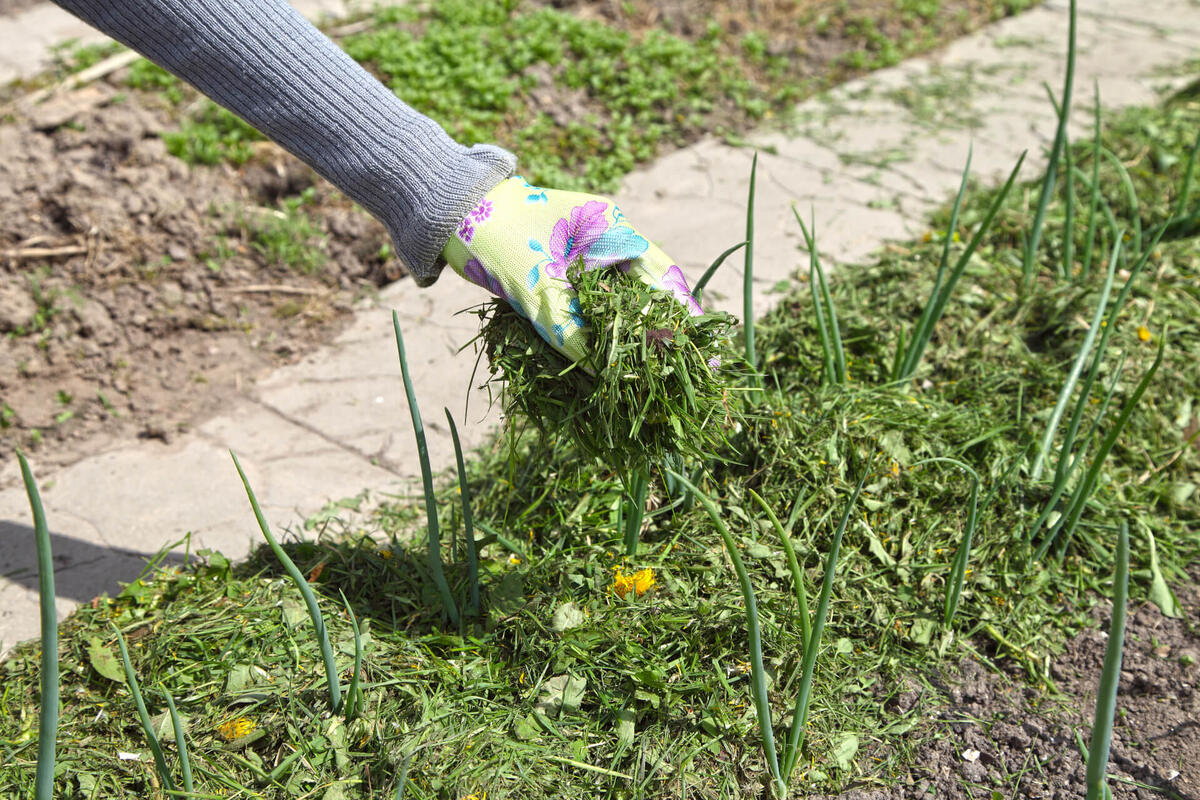

Landscaping Ideas
What To Do When Grass Grows Through Mulch
Modified: October 18, 2024
Discover effective landscaping ideas to prevent grass from growing through mulch. Find expert tips and solutions to maintain a pristine garden.
(Many of the links in this article redirect to a specific reviewed product. Your purchase of these products through affiliate links helps to generate commission for Storables.com, at no extra cost. Learn more)
Introduction
Landscaping with mulch offers numerous benefits, such as retaining soil moisture, suppressing weed growth, and enhancing the visual appeal of garden beds. However, despite these advantages, grass may sometimes find its way through the mulch, creating an unsightly and challenging issue for gardeners. In this article, we will explore the underlying reasons for grass growth through mulch, effective preventive measures, and practical solutions for addressing this common landscaping dilemma.
Grass infiltrating mulch can detract from the overall aesthetics of the garden, necessitating timely intervention to restore the intended beauty of the landscape. By understanding the dynamics of mulch and grass interaction, implementing preventive strategies, and employing suitable removal techniques, gardeners can effectively manage and prevent grass growth through mulch. Additionally, we will discuss alternative weed control solutions for those seeking alternatives to traditional mulch.
Join us as we delve into the world of landscaping, uncovering the best practices for maintaining mulch beds free from intrusive grass growth. Whether you are a seasoned gardener or a novice enthusiast, this comprehensive guide will equip you with the knowledge and techniques to combat grass encroachment and preserve the pristine appearance of your garden beds.
Key Takeaways:
- Grass growing through mulch can be prevented by using landscape fabric, selecting dense mulch materials, and applying pre-emergent herbicides. Regular maintenance and removal of grass are essential for preserving the beauty of garden beds.
- Alternative weed control methods, such as ground cover plants and organic herbicidal sprays, offer sustainable and visually appealing options beyond traditional mulch. These methods provide diverse strategies for maintaining a healthy and visually appealing landscape.
Read more: How To Kill Grass Growing Through Mulch
Understanding Mulch and Grass
Mulch serves as a protective layer spread over the soil surface in garden beds, providing a range of benefits that contribute to the overall health and appearance of the landscape. Common mulching materials include wood chips, bark, straw, and compost, each offering unique characteristics and aesthetic qualities. While mulch effectively suppresses weed growth and conserves soil moisture, it is not impervious to the persistence of grass, which can emerge through the mulch layer.
Grass growth through mulch can be attributed to several factors. Firstly, some grass species possess resilient rhizomes and stolons that enable them to spread horizontally, allowing them to infiltrate and thrive within the mulch layer. Additionally, seeds from grasses may find their way into the mulch through natural dispersion or carried by animals, birds, or the wind, germinating and establishing roots within the mulch.
Moreover, the decomposition of organic mulch materials over time can create a hospitable environment for grass seeds to take root and flourish. As the mulch breaks down, it provides essential nutrients and a conducive substrate for grass growth, leading to the emergence of grass shoots amidst the mulch layer.
Understanding the interplay between mulch and grass is crucial for devising effective strategies to prevent and manage grass growth within mulch beds. By recognizing the mechanisms through which grass infiltrates mulch, gardeners can implement targeted measures to mitigate its encroachment and maintain the integrity of their landscaping efforts.
Next, we will explore proactive methods for preventing grass growth through mulch, equipping gardeners with the knowledge to safeguard their garden beds from this common landscaping challenge.
Preventing Grass Growth Through Mulch
Preventing grass growth through mulch entails implementing proactive measures to mitigate the intrusion of grass into garden beds, preserving the intended aesthetic and functional benefits of mulching. One effective strategy is to create a robust barrier between the soil and the mulch layer to hinder the penetration and establishment of grass roots.
Before applying mulch, it is advisable to lay down a permeable landscape fabric or plastic sheeting over the soil surface. This barrier acts as a deterrent, inhibiting the growth of grass and other weeds while allowing water and nutrients to permeate the soil. By installing this underlying barrier, gardeners can significantly reduce the likelihood of grass penetrating the mulch, maintaining a tidy and weed-free garden bed.
Furthermore, selecting a dense and coarse mulch material, such as hardwood chips or shredded bark, can impede the growth of grass by creating a challenging environment for its establishment. These types of mulch not only provide effective weed suppression but also offer a physical barrier that impedes the emergence and spread of grass shoots, enhancing the overall efficacy of the mulch layer.
Regular maintenance of mulch beds is also essential for preventing grass growth. Inspecting the mulch layer periodically and promptly removing any grass shoots or roots that may appear can prevent the escalation of grass infiltration. Additionally, replenishing the mulch layer as needed to maintain an adequate thickness can further fortify the barrier against grass encroachment.
Another preventive measure involves applying pre-emergent herbicides to the soil before mulching. These herbicides create a protective zone that inhibits the germination and growth of grass seeds, bolstering the effectiveness of mulch in suppressing unwanted vegetation. It is important to follow the manufacturer’s instructions and safety guidelines when using herbicides to ensure proper application and minimize environmental impact.
By adopting these preventive strategies, gardeners can proactively safeguard their mulch beds from the encroachment of grass, preserving the beauty and functionality of their landscaped areas. In the next section, we will explore practical techniques for removing grass from mulch, providing effective solutions for addressing existing grass growth within garden beds.
To prevent grass from growing through mulch, consider using a landscape fabric underneath the mulch to create a barrier. This will help to suppress the growth of grass and weeds.
Removing Grass from Mulch
When grass manages to infiltrate the mulch layer, prompt and effective removal is essential to prevent its proliferation and preserve the integrity of the garden bed. Several methods can be employed to eradicate grass from mulch, restoring the pristine appearance of the landscaped area.
Hand pulling is a meticulous yet efficient approach to removing grass from mulch. By carefully grasping the grass near its base and gently pulling upward, gardeners can extract the grass, including its roots, from the mulch layer. This method is particularly effective for addressing isolated patches of grass and minimizing disturbance to the surrounding mulch and plants.
For larger infestations or persistent grass growth, using a hand tool, such as a small garden hoe or hand cultivator, can expedite the removal process. Carefully maneuvering the tool beneath the surface of the mulch, gardeners can loosen the grass roots and lift the unwanted vegetation from the mulch layer, facilitating thorough extraction.
Another effective technique for removing grass from mulch involves the application of selective herbicides. These herbicides are formulated to target grass species while minimizing harm to desirable plants and mulch materials. Prior to using herbicides, it is crucial to identify the grass species and select an appropriate herbicide to achieve targeted control. Following the application guidelines and safety precautions is essential to ensure effective and responsible use of herbicidal products.
To prevent the re-establishment of grass in the mulch, it is advisable to inspect the area regularly and promptly remove any new grass growth. Consistent monitoring and proactive intervention can prevent the resurgence of grass, preserving the immaculate appearance and functionality of the mulch beds.
By employing these methods for removing grass from mulch, gardeners can effectively address existing grass encroachment and maintain the integrity of their landscaped areas. In the following section, we will explore alternative solutions for weed control, providing insights into options beyond traditional mulch for managing unwanted vegetation in garden beds.
Alternative Solutions to Mulch for Weed Control
While traditional mulch serves as a popular and effective weed control method, gardeners may explore alternative solutions to manage unwanted vegetation in garden beds. These alternative approaches offer diverse benefits and can complement or serve as substitutes for conventional mulching practices.
Ground cover plants, such as low-growing perennials or spreading shrubs, present a natural and visually appealing alternative to traditional mulch for weed suppression. These plants form a dense, living carpet that inhibits weed growth, reduces soil erosion, and contributes to the ecological balance of the garden. Selecting ground cover species that are well-suited to the local climate and soil conditions can provide long-term weed control benefits while enhancing the aesthetic appeal of the landscape.
Landscape fabric, also known as weed barrier fabric, offers an effective weed control solution when used in conjunction with other ground cover materials. This permeable fabric is placed over the soil surface before planting, creating a barrier that inhibits weed growth while allowing air and water to penetrate the soil. When covered with a layer of mulch or decorative stones, landscape fabric provides a low-maintenance and visually consistent weed control solution for garden beds.
Organic herbicidal sprays derived from natural ingredients, such as acetic acid or citrus oil, offer a non-toxic and environmentally friendly approach to weed management. These herbicidal sprays target unwanted vegetation and can be applied directly to the foliage of weeds, effectively suppressing their growth without leaving residual harm to the soil or surrounding plants. When used judiciously, organic herbicidal sprays can serve as a targeted weed control method in specific areas of the garden.
Additionally, incorporating horticultural vinegar as a natural weed control agent presents a sustainable and biodegradable alternative to traditional mulch. With its high acidity, horticultural vinegar effectively desiccates and suppresses weed growth, offering a non-selective yet environmentally conscious approach to weed management. It is important to exercise caution and follow safety guidelines when using horticultural vinegar to prevent unintended damage to desirable plants.
By exploring these alternative solutions to mulch for weed control, gardeners can tailor their approach to managing unwanted vegetation in garden beds, leveraging diverse strategies to maintain a healthy and visually appealing landscape. In the concluding section, we will summarize key insights and recommendations for effectively addressing grass growth through mulch and implementing optimal weed control practices in landscaping.
Read more: What Does Mulch Do For Grass
Conclusion
Managing grass growth through mulch is a common challenge faced by gardeners, requiring a multifaceted approach to prevent, address, and control unwanted vegetation in garden beds. By understanding the dynamics of mulch and grass interaction, implementing proactive preventive measures, and employing effective removal techniques, gardeners can maintain the integrity and visual appeal of their landscaped areas.
Preventing grass growth through mulch involves creating a robust barrier between the soil and the mulch layer, selecting suitable mulch materials, and implementing regular maintenance practices to fortify the weed suppression properties of mulch. By integrating landscape fabric, coarse mulch, and pre-emergent herbicides, gardeners can mitigate the intrusion of grass and sustain weed-free garden beds.
When grass infiltrates the mulch, prompt and thorough removal is essential to prevent its proliferation and preserve the immaculate appearance of the landscaped area. Hand pulling, using hand tools, and selective herbicide application are effective methods for eradicating grass from mulch, ensuring the unimpeded growth of desirable plants and the aesthetic appeal of the garden beds.
Exploring alternative solutions to traditional mulch for weed control presents gardeners with diverse options to manage unwanted vegetation in garden beds. Ground cover plants, landscape fabric, organic herbicidal sprays, and horticultural vinegar offer sustainable and visually appealing alternatives, complementing or serving as substitutes for conventional mulching practices.
By leveraging these insights and recommendations, gardeners can navigate the complexities of grass growth through mulch and implement optimal weed control practices, fostering thriving and visually captivating landscapes. Whether tending to flower beds, garden borders, or ornamental plantings, the effective management of mulch and weed control contributes to the enduring beauty and vitality of the garden.
Embracing a holistic approach to landscaping, gardeners can enjoy the rewards of a well-maintained and flourishing outdoor environment, where the interplay of mulch, plants, and weed control measures harmoniously sustains the allure of the natural world.
Frequently Asked Questions about What To Do When Grass Grows Through Mulch
Was this page helpful?
At Storables.com, we guarantee accurate and reliable information. Our content, validated by Expert Board Contributors, is crafted following stringent Editorial Policies. We're committed to providing you with well-researched, expert-backed insights for all your informational needs.
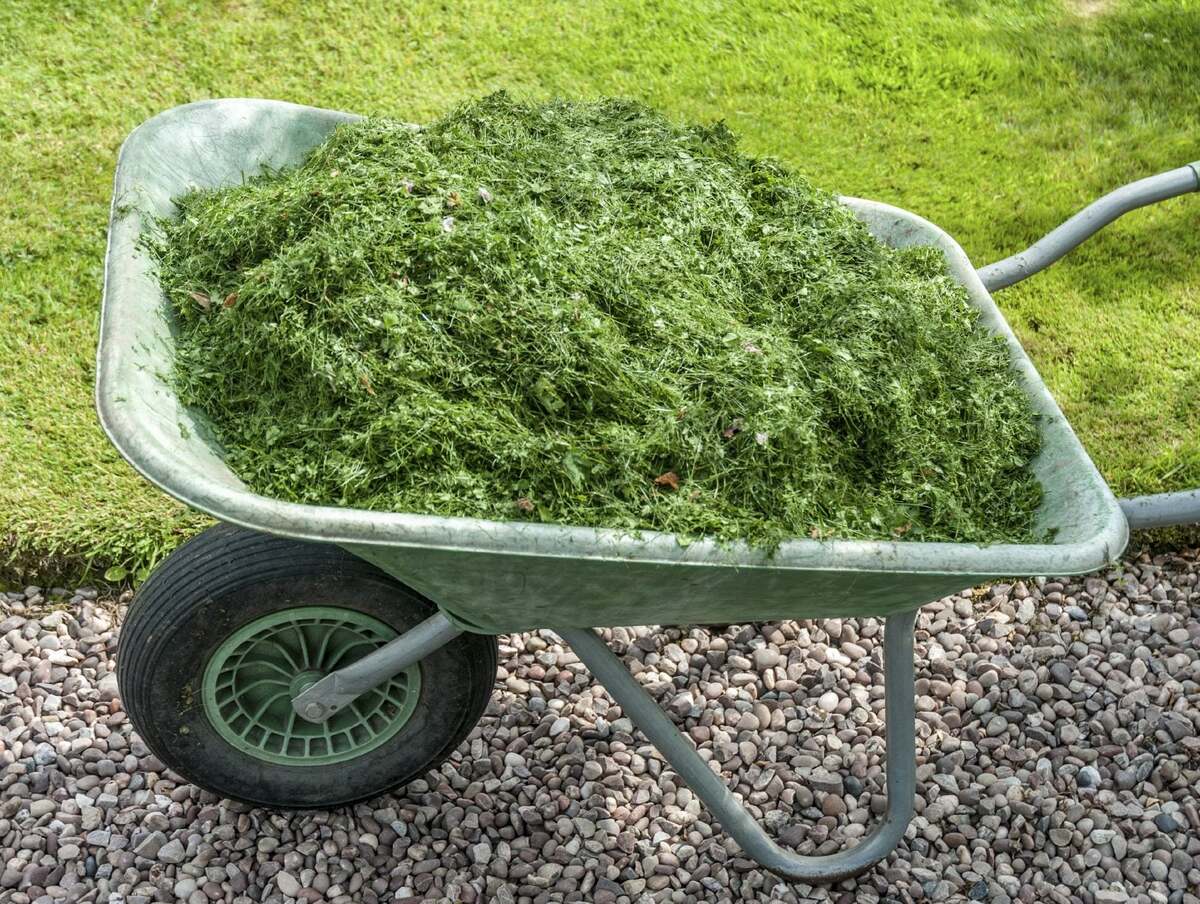
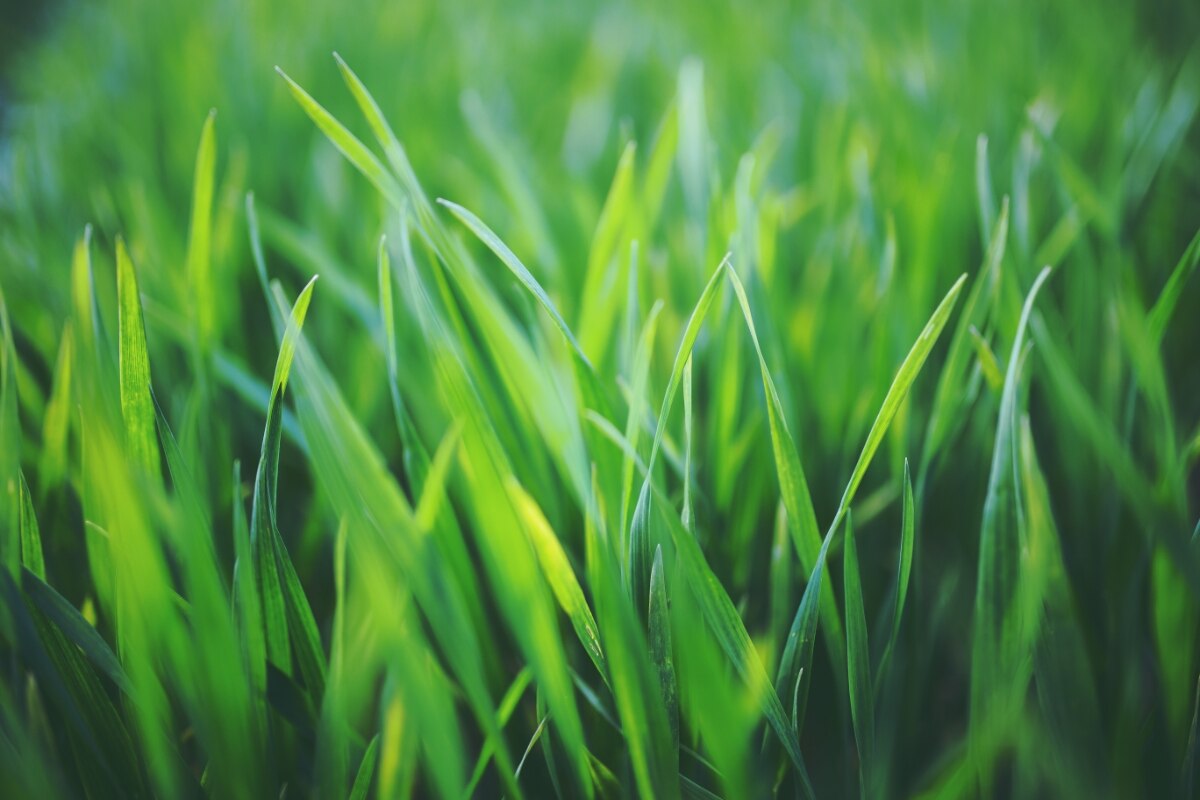
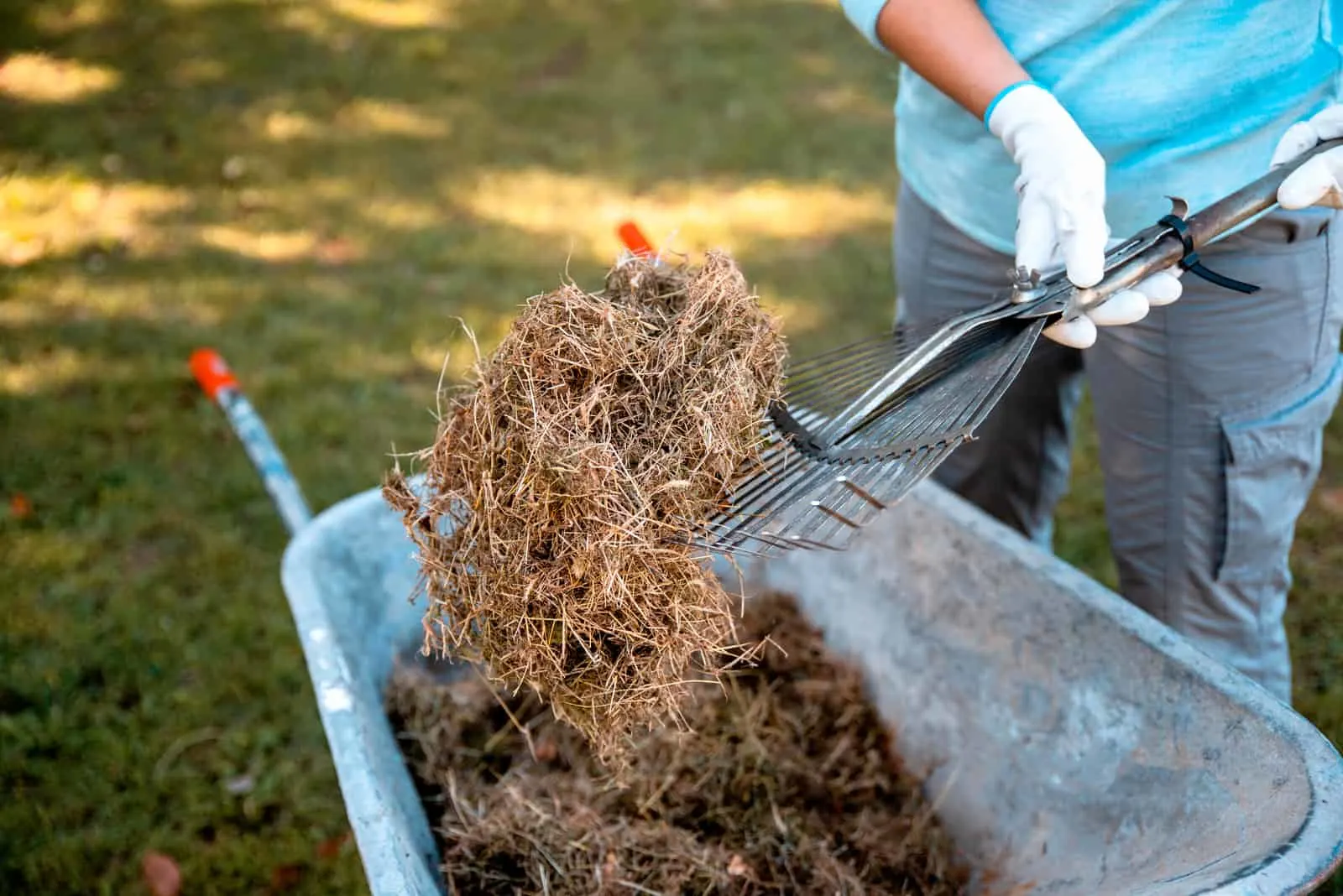
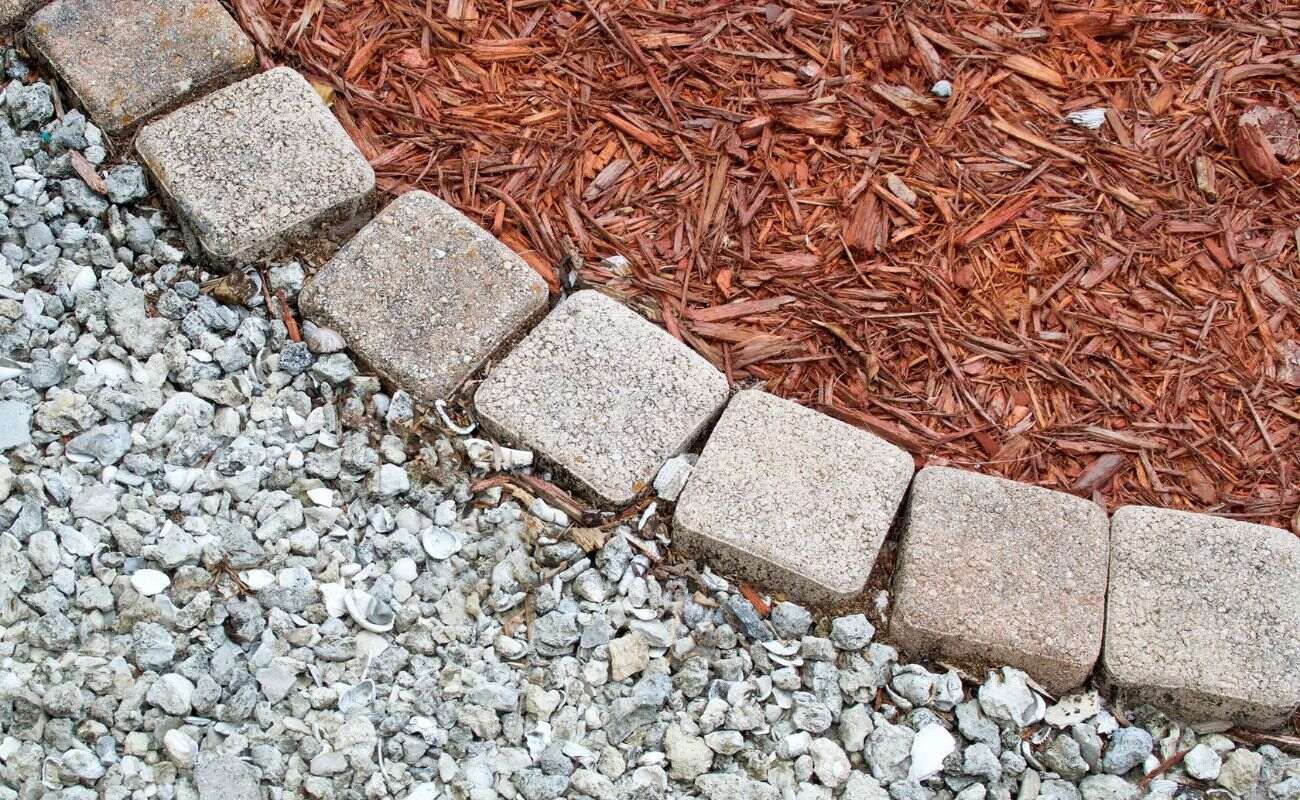
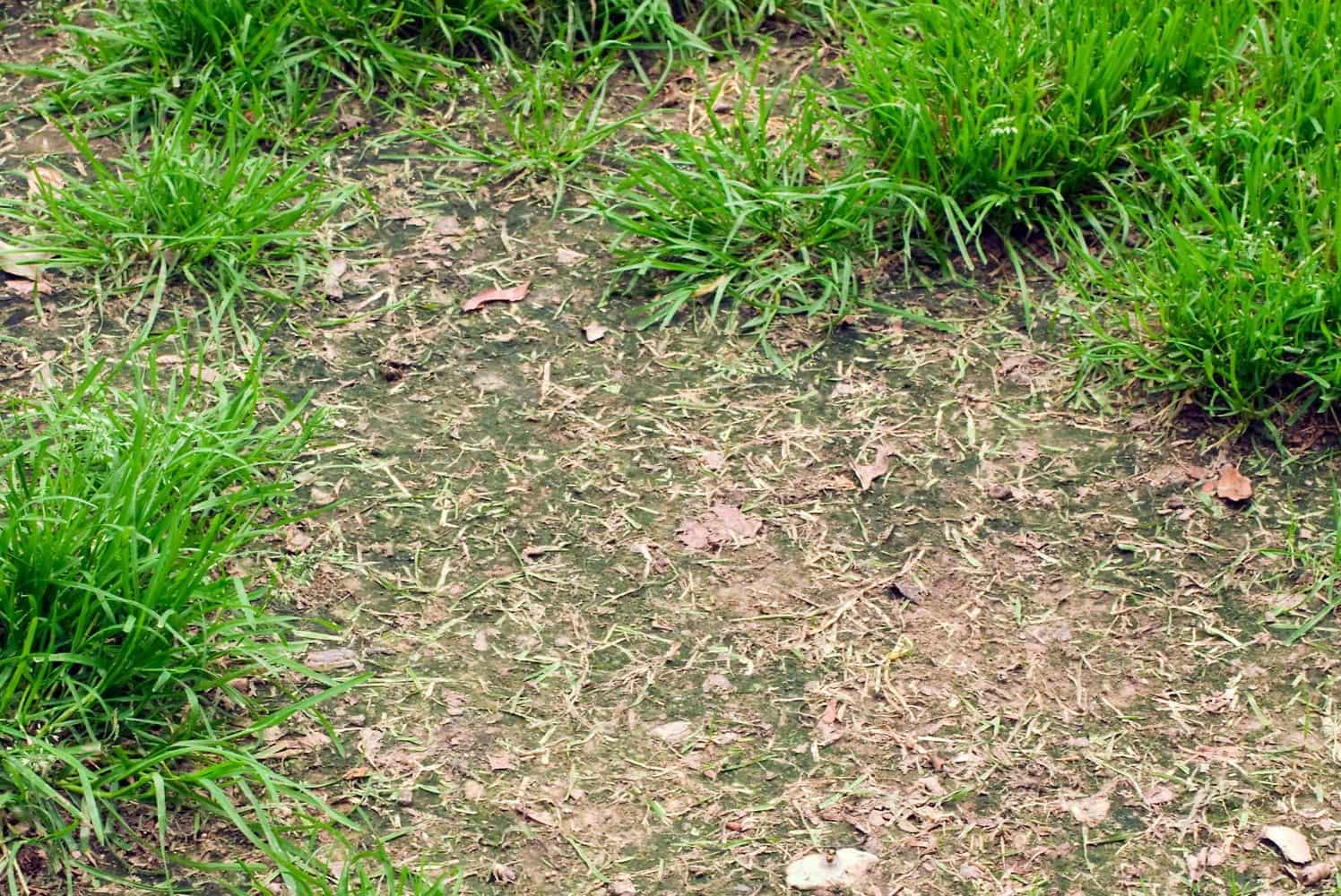
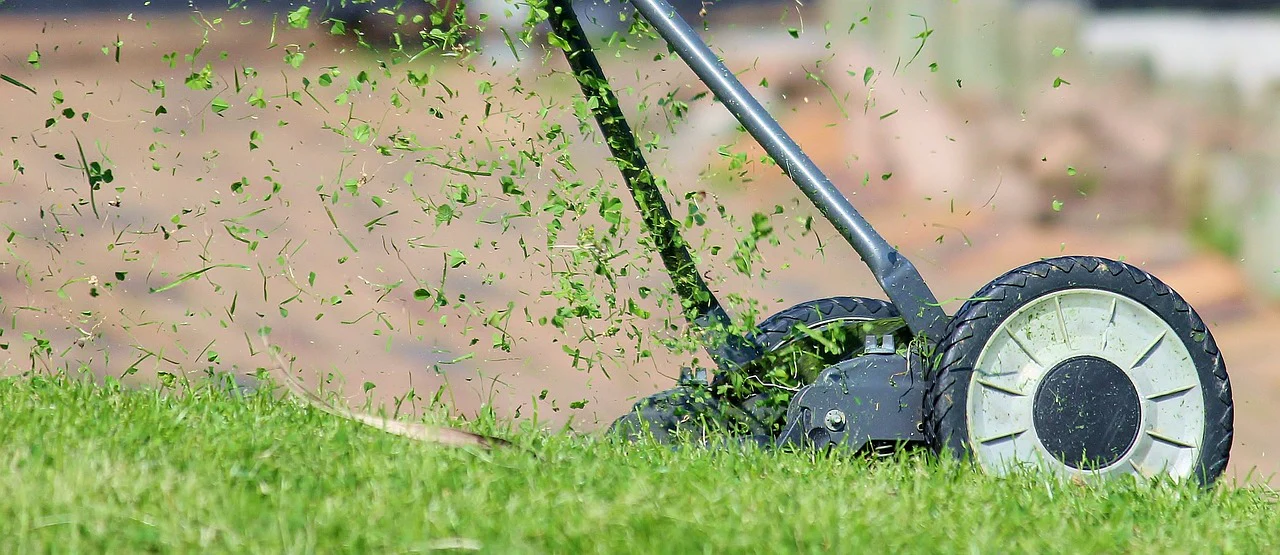
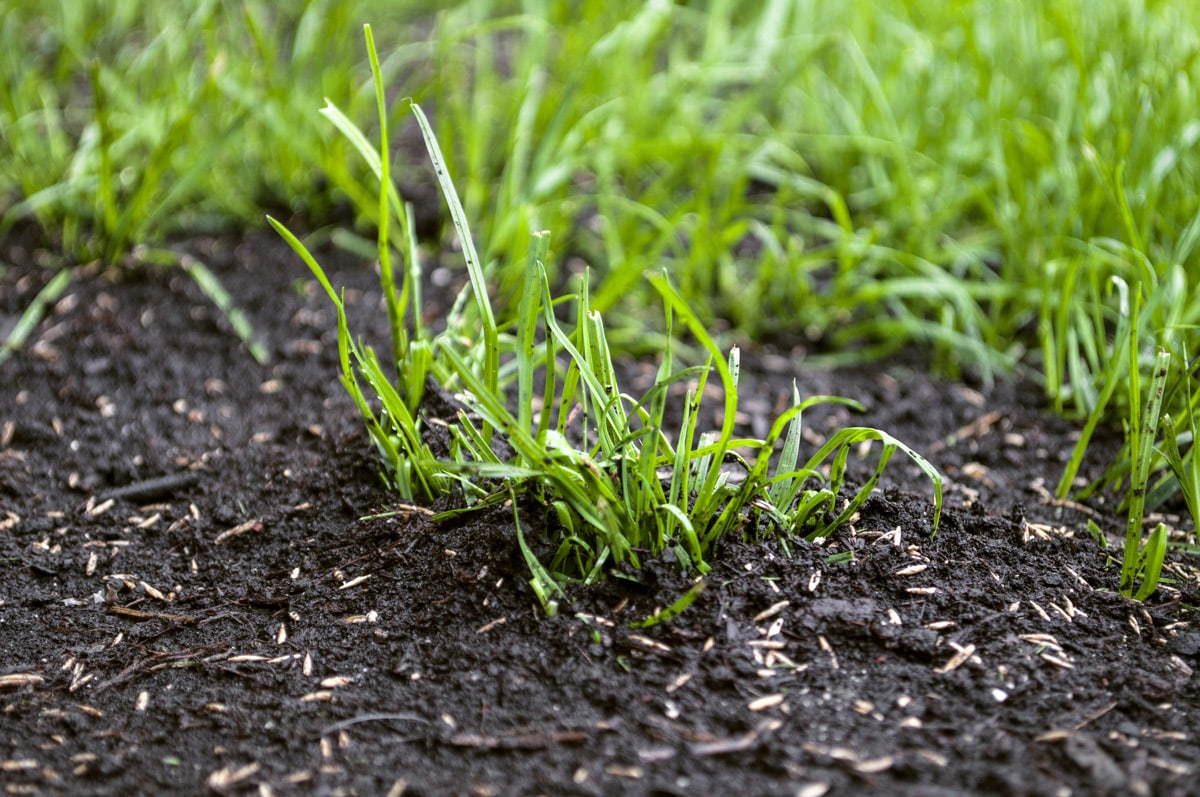
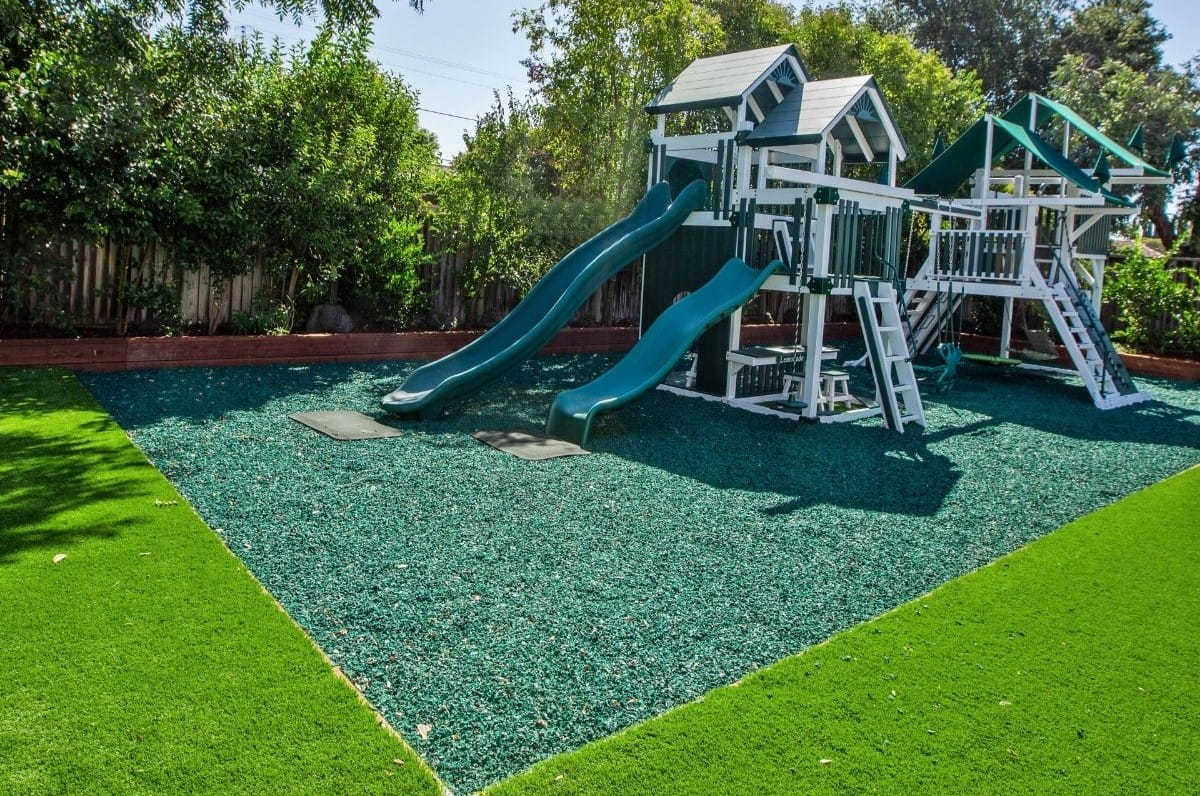
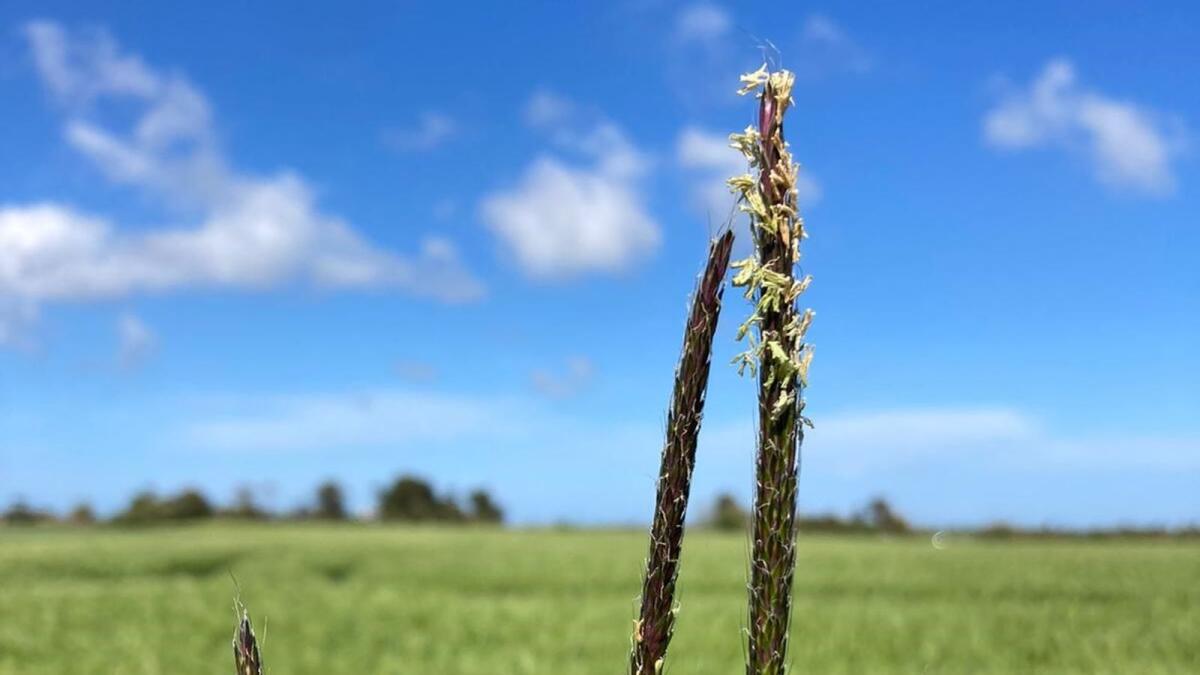
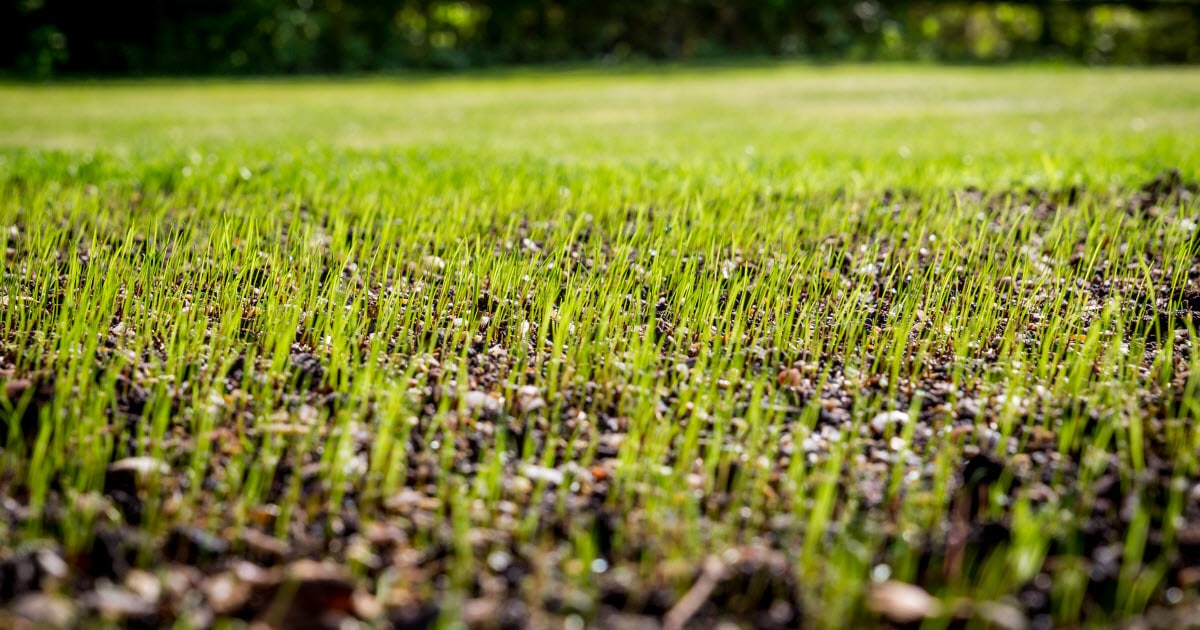
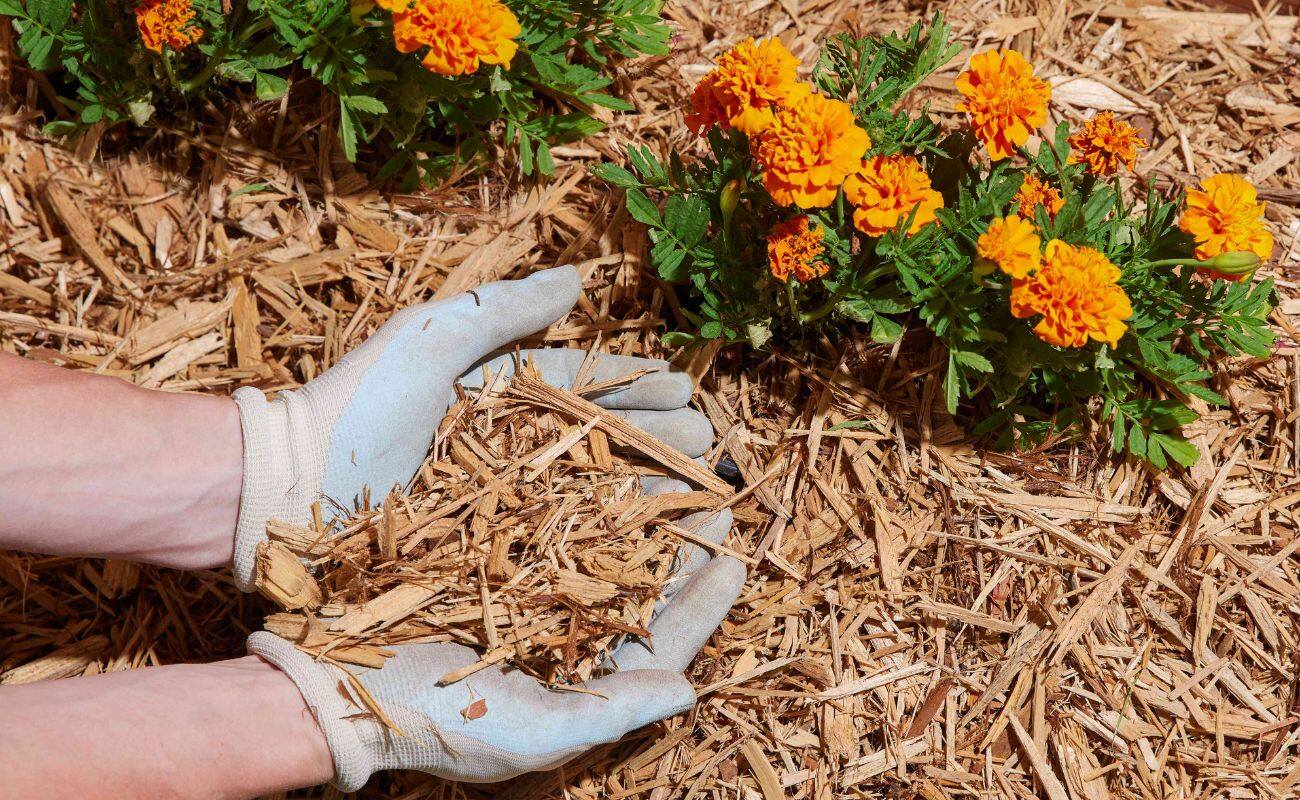
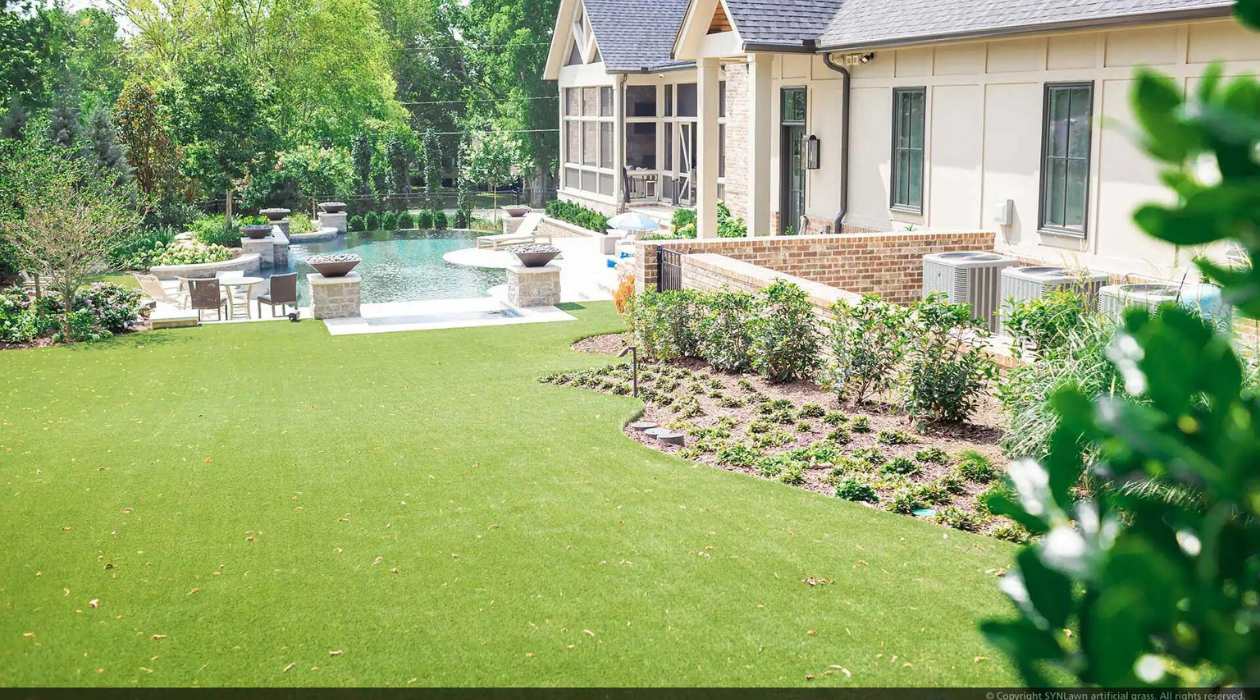
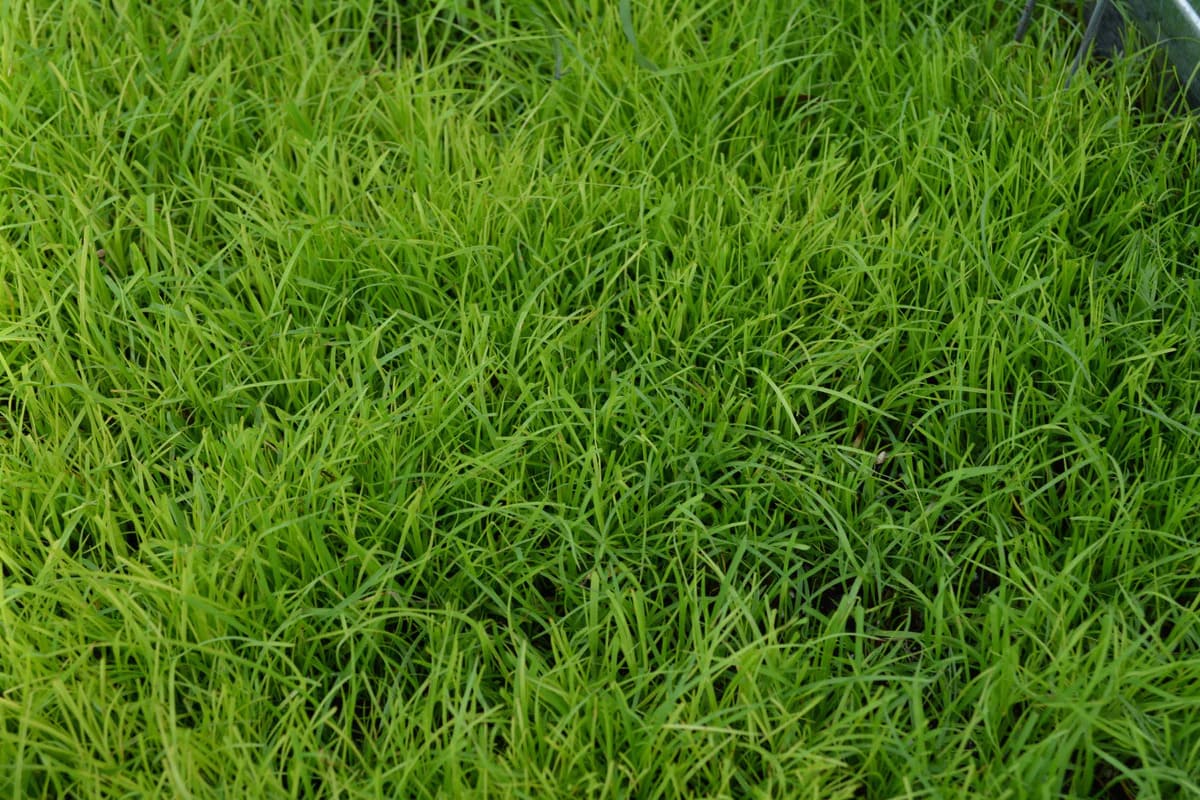
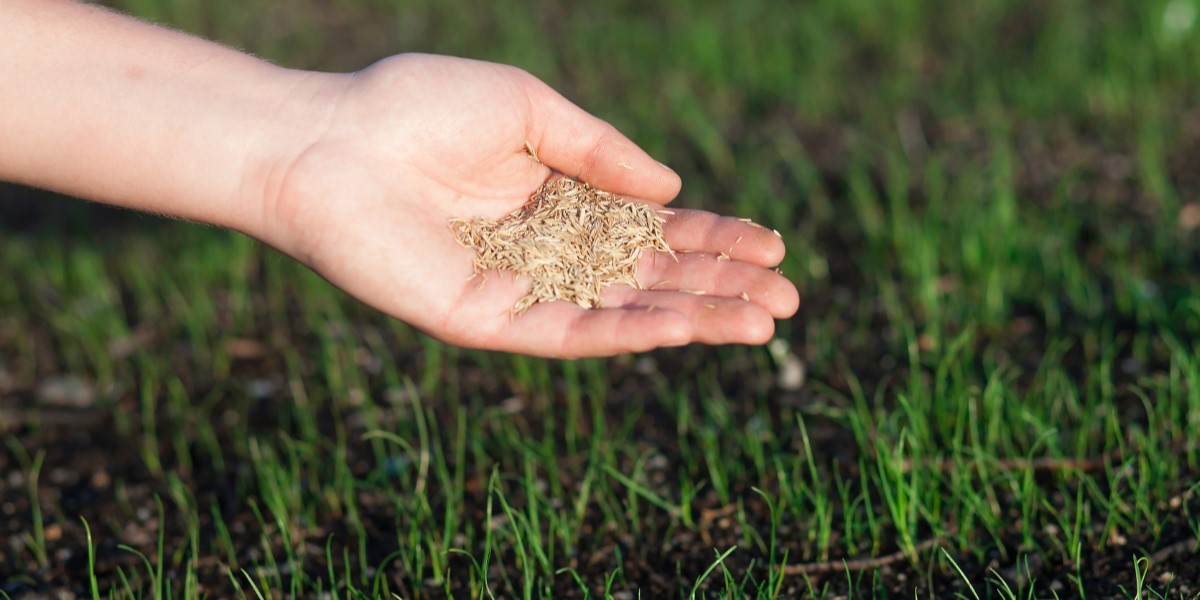

0 thoughts on “What To Do When Grass Grows Through Mulch”